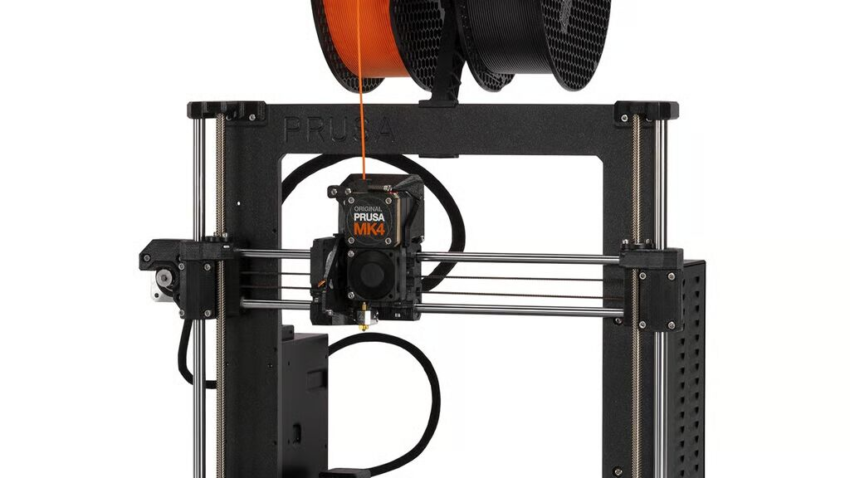
3d Printing Technology & Crafts
3D printing, a marvel of modern technology, is making waves in various industries, and artisan mold creation is no exception. Picture this: a machine meticulously building out intricate designs layer by layer, turning digital blueprints into tangible molds. For artisans, the opportunity to leverage 3D printing allows for the creation of complex designs with a level of detail that’s hard to achieve with traditional methods.
Table of contents
Artists and makers are embracing 3D printing due to the variety of products it supports. Whether it’s delicate jewelry molds, candle or soap models or robust architectural models, the capabilities seem endless. Think about the precision needed for a chocolate mold or the durability required for casting metals; 3D printing meets these demands with ease.
As an Amazon Associate, I earn from qualifying purchases.
This post contains affiliate links. If you make a purchase through these links, I may earn a commission at no extra cost to you
A quick trip down memory lane shows how 3D printing has grown. Originally confined to industrial use, it’s now a household name thanks to desktop 3D printers available at consumer-friendly prices. Artisans worldwide are finding ways to tailor this evolving technology to their needs. Even our younger generation, and at home are becoming modern inventors, today’s version of Lego or Meccano is a 3D printer
The range of 3D printers today is extensive, from small, hobbyist models to larger setups suitable for commercial use. Knowing what size and type of printer fits your needs is crucial. If you’re planning on creating intricate designs or larger-scale molds, understanding these options helps to make informed decisions.
Overall, 3D printing simplifies the mold-making process and opens doors to innovative designs. Whether you’re just curious or planning to dive into the craft, it’s essential to grasp what’s available and what it can offer in the world of artisan mold creation.
The Intricacies of Size: What Can 3D Printing Achieve?
When it comes to 3D printing, the size of pieces you can produce plays a significant role in its application, especially in artisan mold creation. Imagine the potential of crafting both minuscule jewelry components and imposing sculptures with unmatched detail.
Today’s 3D printers offer a wide range of size capabilities. Desktop models typically cater to smaller projects, providing flexibility for intricate, detailed molds like those used in fine jewelry. On the other end, larger industrial printers can accommodate grander designs such as architectural models or larger casting molds.
However, even within these categories, there are limitations. Desktop printers might struggle with pieces that require extensive build volumes, pushing the need towards taking advantage of big industrial machines. But, let’s be real, not everyone’s setup can house such massive equipment.
Successful projects often involve pushing boundaries by understanding the constraints of your equipment. A clever design approach might involve breaking down larger projects and models into manageable parts and assembling them post-printing. This method not only maximizes the potential of smaller printers but also opens up more creative avenues.
For artisans looking to invest, it’s vital to match the printer’s capabilities with your creative ambitions. Knowing the strengths and weaknesses of your preferred model can lead to smarter choices and better-crafted molds, ensuring that each print meets the desired standards.
Precision and Accuracy in 3D Printing
Precision is the name of the game when it comes to 3D printing in the world of artisan mold creation. While size sets the stage, accuracy and detail bring the performance to life. The question every creator asks is: how precise can 3D printing really get?
Modern 3D printers are equipped to handle levels of detail that traditional mold-making struggles with. Whether you’re etching delicate patterns for small-scale molds or handling the intricacies of a full-scale prototype, today’s technology can achieve remarkable accuracy. Layer height and resolution are key here, as finer layers translate to higher precision in the final product.
But achieving maximum accuracy is often easier said than done. The precision of your output depends heavily on several factors: the printer’s calibration, the quality of materials, and even environmental conditions. Choosing the right settings and keeping your printer well-maintained are small but vital steps to ensure each mold is crafted to perfection.
Enhancements like dual extrusion can also improve outcomes by reducing the chances of structural imperfections. This gives artisans the ability to work with different materials and supports simultaneously, optimizing both appearance and functionality.
In essence, precision and accuracy are about more than just technology it is also about understanding these tools and how best to leverage them. Artisans who take time to master these aspects can expect their creations to not only meet but exceed expectations, setting a new standard for detail and craftsmanship in mold-making.
Challenges in 3D Printing Artisanal Molds
While 3D printing opens up exciting possibilities, it’s not without its set of challenges, especially in artisan mold creation. Encountering issues is part of the journey, and understanding them can help artisans troubleshoot effectively.
One of the most common hurdles is warping, where parts of the mold lift off the print bed during printing. This can result in a distorted final product, which is less than ideal for precision-dependent tasks. Ensuring the print bed is leveled correctly and using adhesives or heated beds can mitigate this problem.
Misalignment during the printing process is another concern. It can cause layers not to stack up correctly, leading to weaknesses in the mold. Regular maintenance, including checking belts and calibration, helps prevent this issue.
Surface quality is also a key aspect, especially when the final product requires a polished appearance. Without proper settings, prints can end up with visible layer lines or rough textures. Adjustments in print speed and post-processing techniques like sanding or chemical smoothing can improve the outcome significantly.
Occasional failures or jams are frustratingly common, whether due to clogged nozzles or filament breaks. Keeping the machine clean and using quality materials are basic yet effective steps to minimize such disruptions.
Tackling these challenges requires patience and a willingness to experiment. As with any craft, mastering the intricacies of 3D printing for molds or models is about learning from each misstep and continuously refining the process.
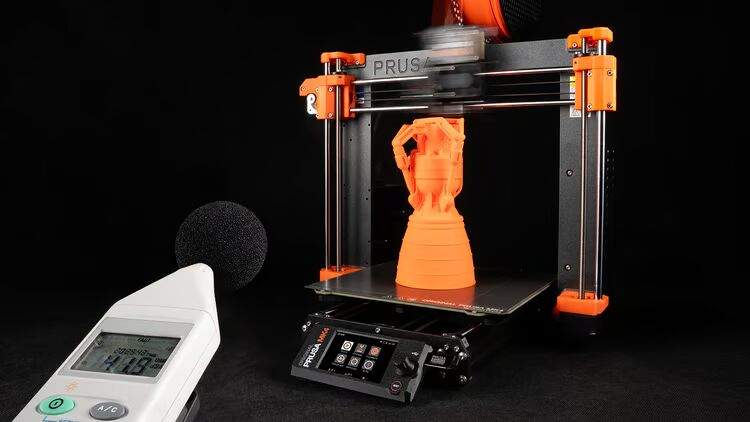
Navigating the Learning Curve: Beginner to Expert
Jumping into 3D printing for mold or model creation may seem daunting at first. There’s a wealth of knowledge to absorb: from understanding the printer’s operations to mastering design software.
Different 3D printer models can vary significantly in complexity. Beginners might start with user-friendly models, which often come with basic features and straightforward interfaces. These are great for getting a feel for the technology without feeling overwhelmed.
Intermediate and advanced users might venture into more sophisticated machines with advanced features like dual extruders or custom firmware. These require more technical know-how but allow for greater creative freedom and finer control over the printing process.
Plenty of resources are available for those keen to learn, including online courses, tutorials, and community forums where enthusiasts share tips and troubleshoot common issues.
Embracing trial and error is key. Each printing project offers valuable insights and knowledge that help refine skills. The more you experiment, the quicker you learn the nuances of both the hardware and software.
With each successful print, confidence grows. Experience builds over time, transforming initial hesitations into expertise. Soon, the complexities of 3D printing become second nature, paving the way for innovative and artistic mold creation.
Essential Tools: Beyond the Printer
3D printing for mold creation isn’t solely about owning a printer. Complementary tools and software amplify the process, making it smoother and more efficient.
Design software serves as the starting point for any print project. Programs like Tinkercad or Blender allow artisans to craft detailed mold designs. While some software may seem advanced, plenty of free or trial options can help get you started without breaking the bank.
Slicing software is another essential piece of the puzzle. It breaks down digital designs into potential print layers, giving the printer a clear roadmap. Many printers come with built-in slicers, but third-party options can offer advanced features, allowing for greater control over the print quality and time.
Additional hardware, like a reliable 3D scanner, can be crucial if you’re looking to replicate existing objects into new molds. Scanners capture detailed 3D models of real-world items, expanding creative possibilities.
Printers often need a helping hand. Whether it’s a set of calipers for precise measurements or tools for removing prints safely, having a toolkit at the ready is essential.
Understanding and incorporating these tools into your workflow enriches the 3D printing experience. They ease the transition from concept to reality, helping to produce molds that meet both artistic and practical needs.
Budgeting for 3D Printing: Costs & Considerations
Jumping into 3D printing requires more than just buying the printer; understanding the costs involved is crucial for a sustainable practice.
Initial investment can vary widely depending on the complexity and capabilities of the printer model you choose. Entry-level printers might serve hobbyists well, while professionals might angle towards pricier industrial models with advanced features.
But the spending doesn’t stop there. Ongoing costs such as filaments or resins are recurring expenses. Different materials command different prices, so knowing what best suits your molds will help in forecasting expenses.
Maintenance is another layer to consider. Regular upkeep ensures printers function well and can save money in the long run by reducing downtime and the need for pricey repairs. Replacement parts, such as nozzles and belts, are small but frequent investments.
Post-processing materials can also add up. Sandpaper, polishing machines, or even specialty coatings might be necessary to achieve that perfect finish.
Balancing quality with cost is key. Sometimes investing a little more upfront on good-quality materials or hardware can result in fewer headaches and costs over time. Carefully tracking these expenses supports long-term success in artisan mold creation.
Innovations Shaping the Future of 3D Printing in Mold Creation
As technology marches forward, 3D printing continues to evolve, bringing with it fresh opportunities for artisans. New models and advances are constantly reshaping what’s possible in mold creation.
Exciting developments are popping up on the horizon. From AI-enhanced printers that promise smarter, more efficient printing processes to hybrid machines that merge multiple manufacturing methods, the future looks bright.
Biocompatible and eco-friendly materials are also gaining traction. These sustainable options allow artisans to craft molds with an eye on environmental impact, reflecting a broader trend towards sustainability in the industry.
Technological innovation has ushered in improved accuracy and speed, with printers processing complex designs faster than ever. This not only boosts productivity but also allows for more experimental and detailed work.
Some companies are exploring 4D printing—adding the dimension of time to 3D prints, where materials can change shape under certain conditions. Though still in its infancy, this could revolutionize how molds adapt to different uses or environments.
Staying informed about these trends ensures artisans remain at the forefront of technology, ready to leverage new tools and techniques to enhance their craft. Keeping an eye on the future facilitates continuous learning and adaptation in this rapidly expanding field.
Conclusion: Is 3D Printing the Future of Artisan Mold Creation?
Reflecting on the journey through 3D printing’s capabilities and challenges, it’s clear that this technology offers incredible potential for the world of artisan mold creation. From achieving remarkable precision to crafting intricate designs, 3D printing stands as a powerful tool for artisans seeking innovation and efficiency.
Despite the hurdles—like warping, cost considerations, and the learning curve—the ability to produce detailed, custom designs with ease makes 3D printing an attractive choice for many creators. Embracing this technology means accepting its challenges as part of the growth process, mastering them one print at a time.
The constant introduction of new models, methods, and materials reshapes the landscape regularly, ensuring that artisans equipped with the latest knowledge can benefit from the innovations driving the industry forward.
While 3D printing may not replace traditional methods entirely, it acts as a complementary tool that enhances an artisan’s capability to express creativity and bring ideas to life. Its role in mold creation is undeniable, and as technology advances, its influence is only set to increase.
Ultimately, those willing to explore and experiment will find that 3D printing doesn’t just augment their toolkit—it expands their vision and possibilities. As we look to the future, it’s exciting to see how artisan mold creation will continue to evolve with the help of this transformative technology.
Contact Us
We hope you find the information on 3D printing useful, but if you have any questions or need help, send us a message. You do have to sign in and confirm these days to comply with government rules. Sorry for the inconvenience.
Author Rob


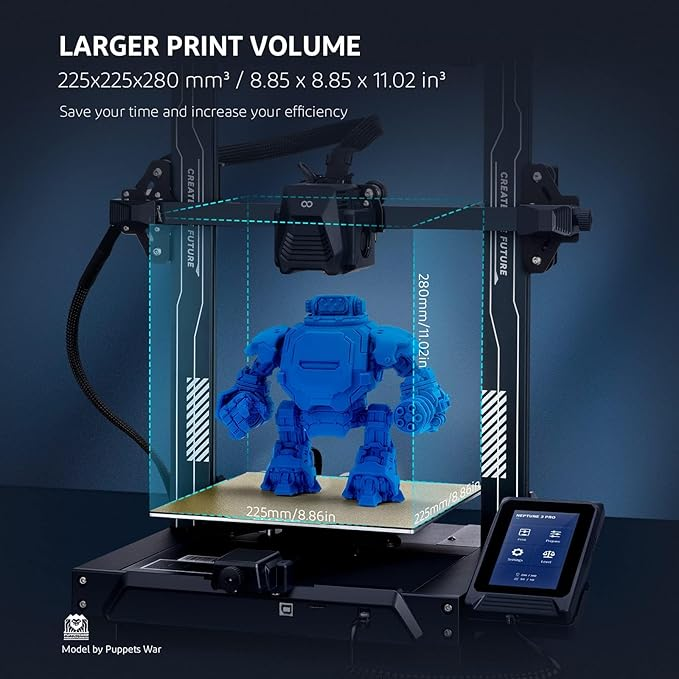


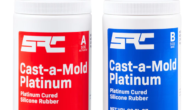
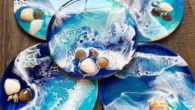
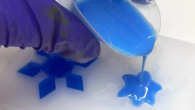

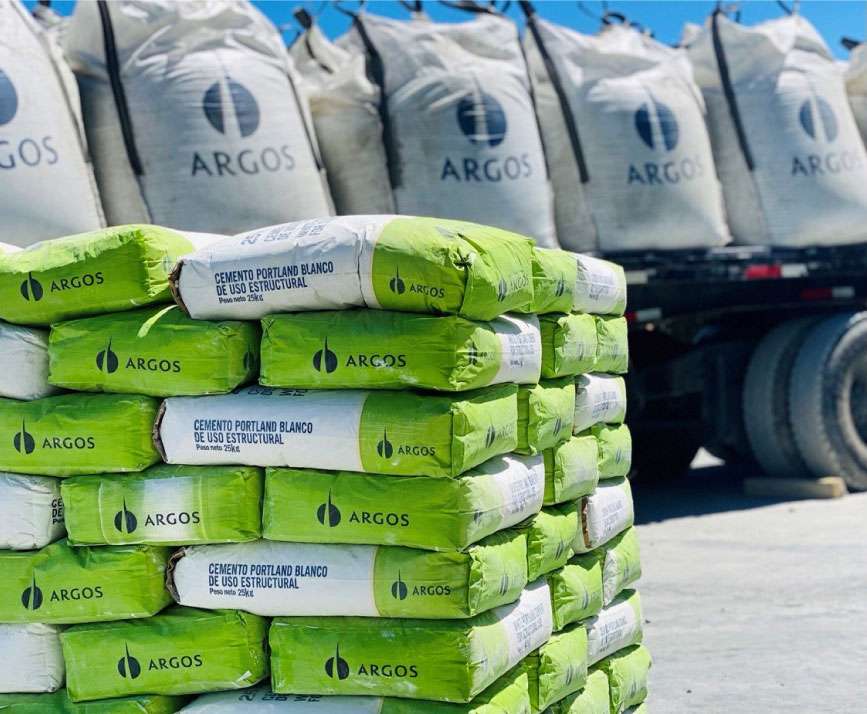


3D printing’s transformative role in artisan mold creation is nothing short of revolutionary. This post beautifully captures its potential to bridge the gap between digital design and physical craftsmanship, enabling artisans to achieve intricate, precise molds that were once unattainable with traditional methods. The versatility of 3D printing—from creating fine jewelry molds to robust architectural models—underscores its adaptability across diverse industries and creative pursuits.
The emphasis on balancing printer size and design complexity is spot-on. This is a critical consideration for artisans, as understanding their equipment’s limitations often inspires innovative solutions, like modular designs for larger projects. Additionally, the focus on precision highlights how modern 3D printers empower creators to produce detailed, high-quality molds, elevating craftsmanship standards.
The challenges, such as warping and maintenance, are realistic hurdles, but they also serve as opportunities for growth and mastery. It’s encouraging to see these addressed alongside practical solutions, fostering confidence for both beginners and seasoned users.
As technology evolves—ushering in eco-friendly materials and even 4D printing—the future of 3D printing in mold creation looks incredibly promising. This post inspires artisans to embrace the learning curve and leverage this cutting-edge tool to bring their most ambitious designs to life.
Hi Andre,
I am happy you have found the post informative and interesting, 3D printing is just another tip of an iceberg in the world of tech, far more is to come. When I delved to deeper it surprised me. I will be writing more on that soon.
Thanks
Rob
This is a fantastic overview of 3D printing in crafting. Nice work.
I’ve been experimenting with 3D printing for about two years now, mostly for creating prototypes for my jewelry designs, and this article really solidified some of my understanding. I appreciated the section on different filament types – I’ve struggled in the past with PLA warping, and your tips on bed adhesion were incredibly helpful and have given me a few ideas.
I’ve also recently started playing around with resin printing for finer details, and the information on post-processing techniques was a welcome addition. It really helps to have a comprehensive guide like this for any level of experience.
Thanks again
D 🙂
Hi Dan,
I am happy to hear you found the article interesting and useful, I am getting ready for a new resin printer in the not-to-distant future.
Rob